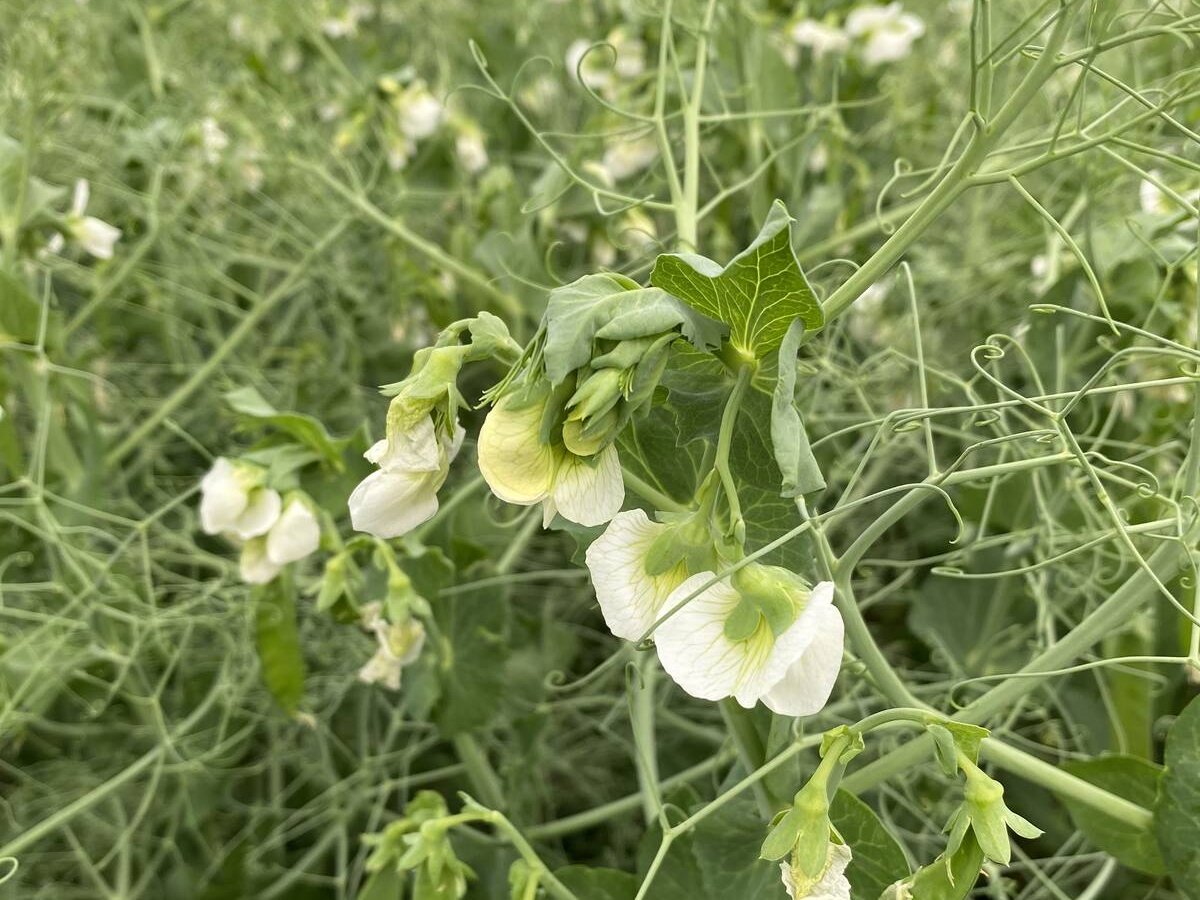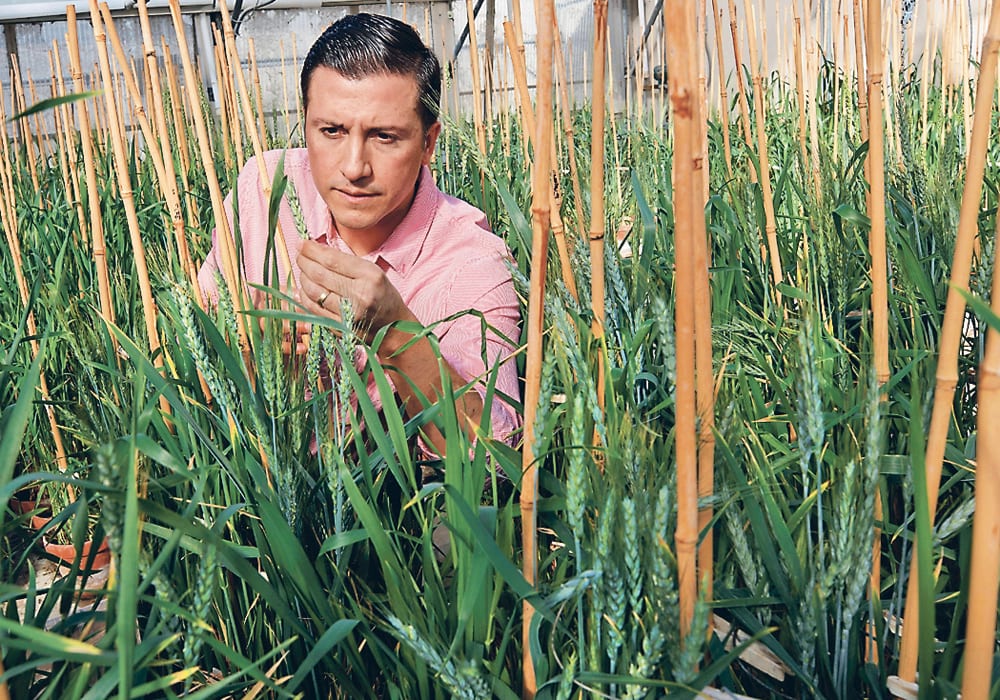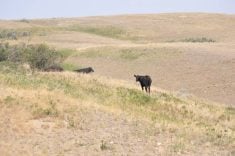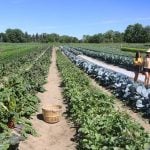Breeding wheat that contains additional iron could improve the health of billions of people around the world suffering from iron deficiency
Pumping iron into our bakery dough might be the greatest thing since sliced bread. It’s called “biofortification” and is the process of genetically lacing crop varieties with required nutrients.
Biofortification is the process of naturally increasing the nutritional value of a crop. It differs from fortification, which is the process of adding minerals directly to the food.
Biofortification aims to have the wheat in the dough naturally contain more iron in the first place, when the combine shows up.
It’s estimated that 60 percent of the world’s population don’t get enough iron.
Read Also

India slaps 30 per cent import duty on yellow peas
India has imposed a 30 per cent duty on yellow pea imports with a bill of lading date on or after Nov. 1, 2025.
The food people eat doesn’t contain enough minerals or it contains antinutrients, which, as the word suggests, are molecules that prevent the body from absorbing good nutrients. For example, phytate is an antinutrient that prevents the body from taking in some minerals.
Robert Graybosch of the U.S. Department of Agriculture’s Agricultural Research Service, said biofortified wheat could make it easier to help people obtain proper nutrition.
“Fortification is potentially useful because people in many parts of the world do not consume a balanced diet and their main foods lack minerals,” said Graybosch.
Fortification, which is the process of adding minerals back to food products, is done with flour used for bread baking. However, according to the Soil Science Societies of America, some people are hesitant to eat products with what they think might be weird ingredients. Graybosch wants to naturally enhance the minerals of wheat flour to help people around the world get more iron.
“Biofortification can be done via traditional plant breeding using natural genetic variation or natural mutations, or via genetic engineering,” he said.
“If one found a mutation that resulted in more grain iron and then bred this trait into wheat that was produced and consumed, then we could say the crop has been biofortified.”
Graybosch and his team have already developed experimental breeding lines of winter wheat. Breeding lines are the first step in the long process of creating a new type of wheat that farmers can grow.
The team tried to combine two properties — low phytate and high grain protein — without lowering grain yield. However, biofortification is delicate. Increasing nutrition can cause the yield to drop, leading to the wheat being overall less nutritious and also hurt farmers’ profits.
The researchers’ results show that combining the two traits without any bad effects on grain yield is possible. It increased the amount of zinc, calcium and manganese that humans could extract. These genes can be used to develop more nutritious wheat without sacrificing yield. The next steps in their research are to then breed these beneficial genes into plants adapted for areas where wheat is grown, such as the northern Great Plains.
“It is important to note that all wheat grown in a specific area is adapted to that area,” he said.
“Great Plains wheats do well in the Great Plains, but not elsewhere. If the trait is of interest in other locations, additional breeders need to start introducing it to their own backgrounds.”
Graybosch wanted to investigate “the most important nutritional problem facing mankind.” He learned this was likely that people weren’t getting enough iron and started looking for genes that would improve the nutrition of wheat.
“I think anything that can improve food mineral nutrition at low or no cost is of value. Anything we can do to improve nutrition worldwide will go a long way toward improving the lives of our fellow earthlings.”
















